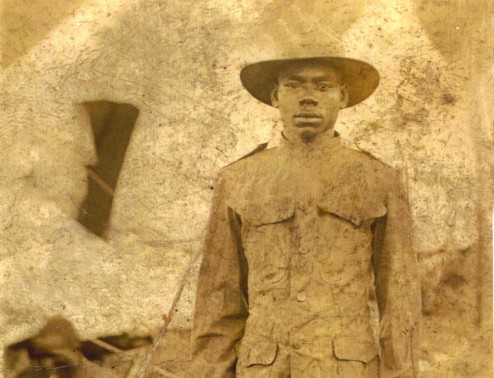this is the fourth of six posts dedicated to providing a genealogical context for the PBS series, The African Americans: Many Rivers to Cross by Henry Louis Gates, Jr. click here to read all the posts i’ve written about the series. (Photo: King D. Atlas, World War 1 veteran, my great uncle)
episode four: making a way out of no way
we’re now half way done with the series and going into my favorite set of decades thus far. of course, we have lots of miles to travel and box lunches to eat before we get there.
i titled this blog post “Going, Leaving” after a song by one of my favorite artists, Dwele. granted, the track is about lost love, but the title, and some of the lyrics, are fitting for the era discussed in episode four, 1897-1940. this was the era that our folks said:
“i love my people. i love where i’m from, but forget this. i’m going. i’m leaving. i’m doing something else. i’m getting up from under Jim Crow’s thumb.”
that’s what makes this period a cool one to research. it also makes it a little challenging since our folks could have gone to about 32 places before finally settling in one spot. they were called by better jobs, better opportunities. and really, they wanted to make a better us…or the person reading this blog post :). as the amazing book The Warmth of Other Suns so eloquently states, many of the luminaries that we witnessed following the migration wouldn’t have been who they were without the migration itself. so as hard as it was to leave, they had to, or we wouldn’t be who we are today.
travelin’ peeps
if someone in my age group took inventory, they would likely see that they’re about two to five cities removed from their ancestral place immediately following the Emancipation Proclamation. if the same person traced the route of a couple of their ancestors, they’d see at least a 1,000 miles covered.
let’s take a look at my great grandfather, James Benjamin Sewell, Sr.
View James Benjamin Sewell (1887-1951) in a larger map
after being born in Ferriday, Concordia Parish, Louisiana in 1887, “Honey,” as the family called him, moved to New Orleans, moved around there some times, and then left to live in Chicago where he died. his place of origin, in my opinion is Ferriday, but from my experience in working with youth, his descendants would likely say Chicago since that’s what they know. i’d make a solid case for Ferriday. why? because that’s likely where most the culture our family passed down originates, with bits of New Orleans, and a dash of Chicago.
let’s take a look at my great aunts and uncles
while my grandmother and all of her siblings were born in Lake Providence, East Carroll, Louisiana, only one of them stayed there. first row (l to r): King D. Atlas, John Atlas, Louis B. Atlas, Jr., Francis Joseph Atlas, Sr., Lawrence Atlas, Ethel Edna Atlas. second row (l to r): Wesley James Atlas, Cora Mae Atlas Thompson, Annie Ruth Atlas.
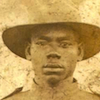
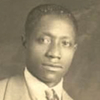
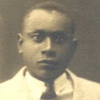
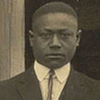
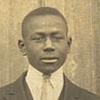
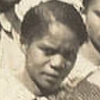
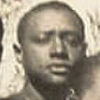
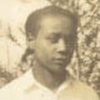
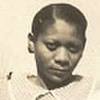
the migration called and just one look at the map below is a good indication of the number of locations that our team has had to look for records on just the folks pictured above. mind you, this is just ONE immediate family with all these locations. many of them moved to the same locations that other siblings were living in with multiple dying in the same places. by virtue, this moving makes many more record sets available to a researcher since folks often left one state for another.
View Locations of Children of Susie Lee and Louis Balfour Atlas, Sr. in a larger map
take a look outside your door and share the story of how you got there
the 1897-1940 time period should be a signal to all African American genealogy researchers to take a look outside their own door and to share the story with younger generations on how the family got to where they are. in our family, if you mention traveling to one of the cities mapped above, it immediately brings to mind for the person listening that one of elders pictured above was somehow involved. in our family, and i imagine in lots of others, folks didn’t just “end up” somewhere without another family member already living there or taking the journey with them.
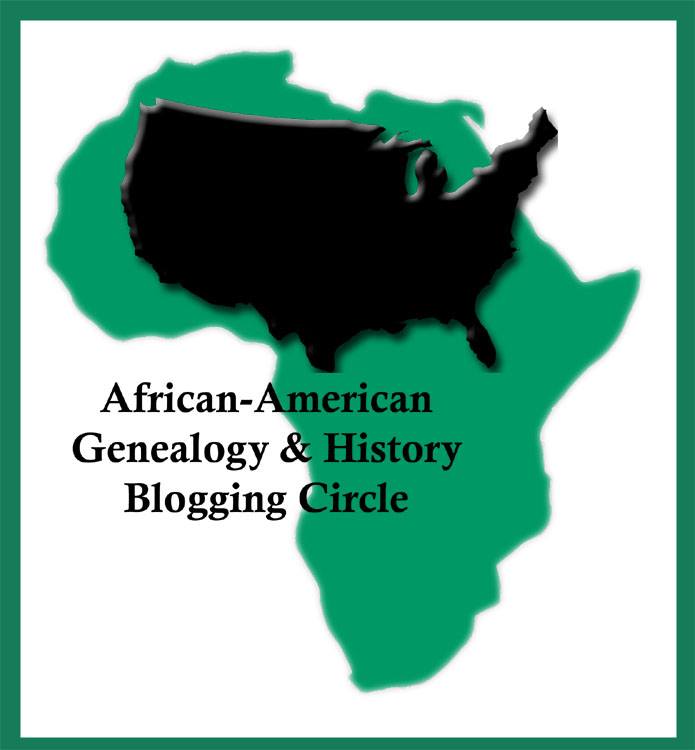
continue the blogging circle!
other genealogists are contributing their commentary for each episode too. here are links to their commentary on episode four.
Angela Walton-Raji – Surviving Against the Odds Episode #4)
Vicky Daviss-Mitchell – Many Rivers To Cross Episode 4: Should We Stay or Should We Go?
Pieces of Me – Many Rivers To Cross Episode 4: Making a Way Out of No Way (1897-1940)
watch episode four
episode four resources
The Warmth of Other SunsLynching Statistics in America – University of Missouri, Kansas City1892 – Thomas Moss and Ida B. Wells, MemphisZion Cemetery, Memphis, TNBooker T WashingtonTuskegee InstituteNegro Women’s Club MovementSara Breedlove/Madam CJ WalkerJim Crow Museum of Racist Memorabilia – Farris State1900 Worlds Fair – American Negro ExhibitWEB Du BoisThe Niagara MovementNAACPHarlem RenaissanceFire!! JournalKen Burns JazzOscar MicheauxBirth of a NationMay 1921 – Tulsa Riot1919 – Red SummerMarcus GarveyNegro World NewspaperBlack Star LineCharles Hamilton HoustonVictor Hugo Green – Negro Motorist Greenbook
